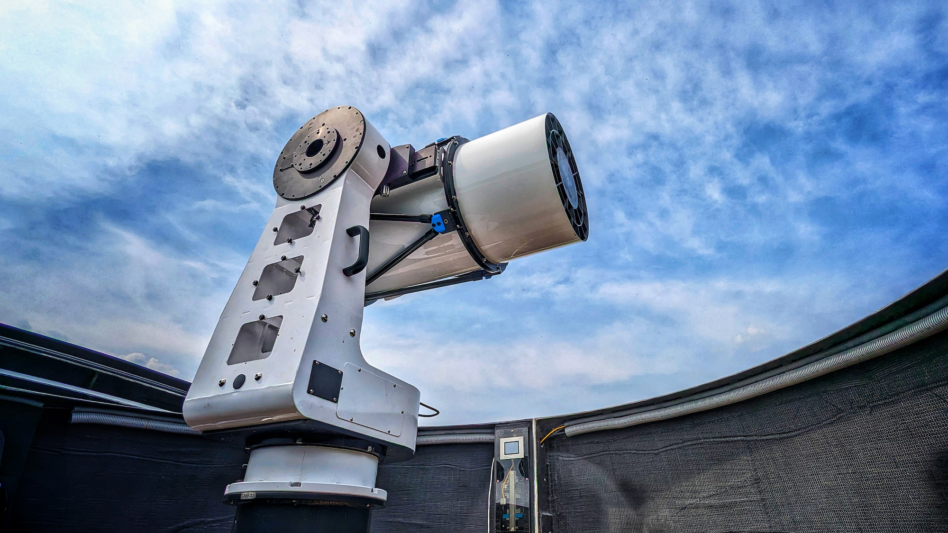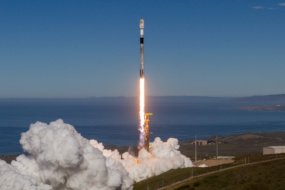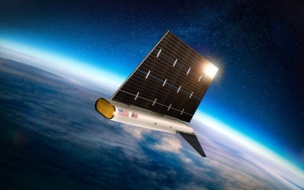The Office of Space Commerce tapped Slingshot Aerospace to design the front door of its space situational awareness system, which will be a hub to help industry avoid collisions in orbit.
The $13.3M contract will allow Slingshot to develop the user interface for the Traffic Coordination System for Space (TraCSS), the company announced yesterday. It includes $5.3M to develop the Presentation Layer of the TraCSS system over the next 12-months, plus $8M to manage the software over the first four years of operations.
Public service: Slingshot has been formally working with OSC on the TraCSS system since January, when the company began working on the Consolidated Pathfinder project, which also included participation from COMSPOC and LeoLabs, to explore where industry capabilities could support TraCSS’ initial development.
Slingshot will base the Presentation Layer on its space traffic coordination software Slingshot Beacon, which is used by ~90% of satellite operators in LEO to track their spacecraft, avoid collisions, and coordinate maneuvers.
“This is a rapidly expanding, highly contested, very, very dynamic domain, and there are requirements that are outpacing what the government is either funded to do or capable of doing,” Slingshot CEO Tim Solms told Payload. “From our perspective, you cannot make responsible decisions operating in space without access to Slingshot’s data and Slingshot’s insights.”
What’s next: Once the Presentation Layer is live late next year, the TraCSS system will be able to offer satellite operators in the US and allied nations an easy way to keep an eye their own satellites in orbit, as well as the tens of thousands of objects in the TraCSS catalogue.
It will issue collision warnings to help satellite operators avoid one another and the ever-growing pool orbital debris. Managing the front page of the TraCSS system also opens the door for Slingshot to offer additional services to industry, where satellite operators could take advantage of Slingshot’s AI to provide more analysis and recommendations for satellite autonomy.
“Think of this as the engine that will power autonomous operations,” Solms said.




